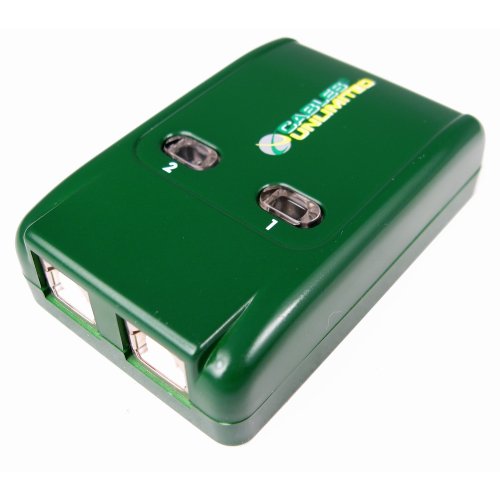AHhh, Tapping! That activity invented by the human race which is destined to provide countless hours of hair pulling, carpal tunnel, broken taps and all sorts of vocal maladies launched into mid air while fueled by disproportionate demons.
Unless you do it right…
Except it is not that easy to make it right!
One of the beauties about using CNC machines is that it removes the burden of tapping from your shoulders. Is the tap at 90 degrees with respect to every possible axis on all parallel universes? CHECK! Is the right force being applied? CHECK! Will I break a tap? Well, it won’t be you, but the machine. CHECK!
The only problem with using a CNC machine to do your taps is if you, like me, do tapping every three months. Although most of the time I do it I get it right, the truth is next time I need to do it I have COMPLETELY forgotten how on Earth I did it. When that happens, I find myself looking through all of my reference material and wasting about two hours of time before I can let Sprutcam compile the G Code.
And that is where I am today as I write this post. I have completely forgotten how to do this, so I have decided it won’t happen again. Next time I have forgotten (which will be in a couple of days…) I will simply tune to this blog and WHAMMO! Problem solved!
First place I go to check how to tap the crap out of my material is Tormach’s Blog. Although this posting is practically ancient (more than 4 years old), it has some of the nuggets which get my memory cells jump started:
http://www.tormach.com/blog/tensioncompression-tapping-and-sprutcam/
Unfortunately, there are still a few questions I can’t answer by looking at the 4 pictures they have provided. For example:
1. How do I choose the RPM?
2. Are Aliens visiting us?
And so I then tune to John’s (from NYCCNC) Youtube channel and watch the next video where I still don’t get much of an answer on how to select the 300 RPM but I kind of answer question #2. Just kidding man! This video has a bunch of very useful information!
NOTE: I didn’t ask John for his permission to link to this video, so I truly hope he doesn’t send a horde of lawyers to pursue my sorry butt. John, if you want the link removed feel free to let me know!
I did a quick search and found this table which gives a bunch of RPM rates for different materials and depending on the screw. It gives us the same equation we have seen over and over (Feed = RPM / Thread Pitch). The RPM values, however, is what blew me away! If I have been using 300 RPM for aluminum, I have been doing this wrong!
http://balax.com/sites/default/files/Suggested-Tapping%20Speeds.pdf
Another option is to use GWizard. I thought of giving this a try and found that 300 RPM is also a big mistake! Intriguingly, the GWizard output is not identical to the table I linked above. Then again, this table may be meant only for those taps. Right? How would I know? What I found interesting is that according to GWizard, the same RPM applies for both aluminum and plastic. At first I thought the program was not updating the selection, but choosing Stainless steel quickly modified the values to smaller numbers, which makes sense. Why is GWizard different to the table?
And why on Earth is everybody assuming 300-500 RPM for aluminum!!!!
Well, no fret. It is time for me to give this a try and hopefully I don’t send my scarce number of taps into hades. At least now I know that a few weeks from now, when I need to tap again, a guide on how not to soil my underwear will be available!

